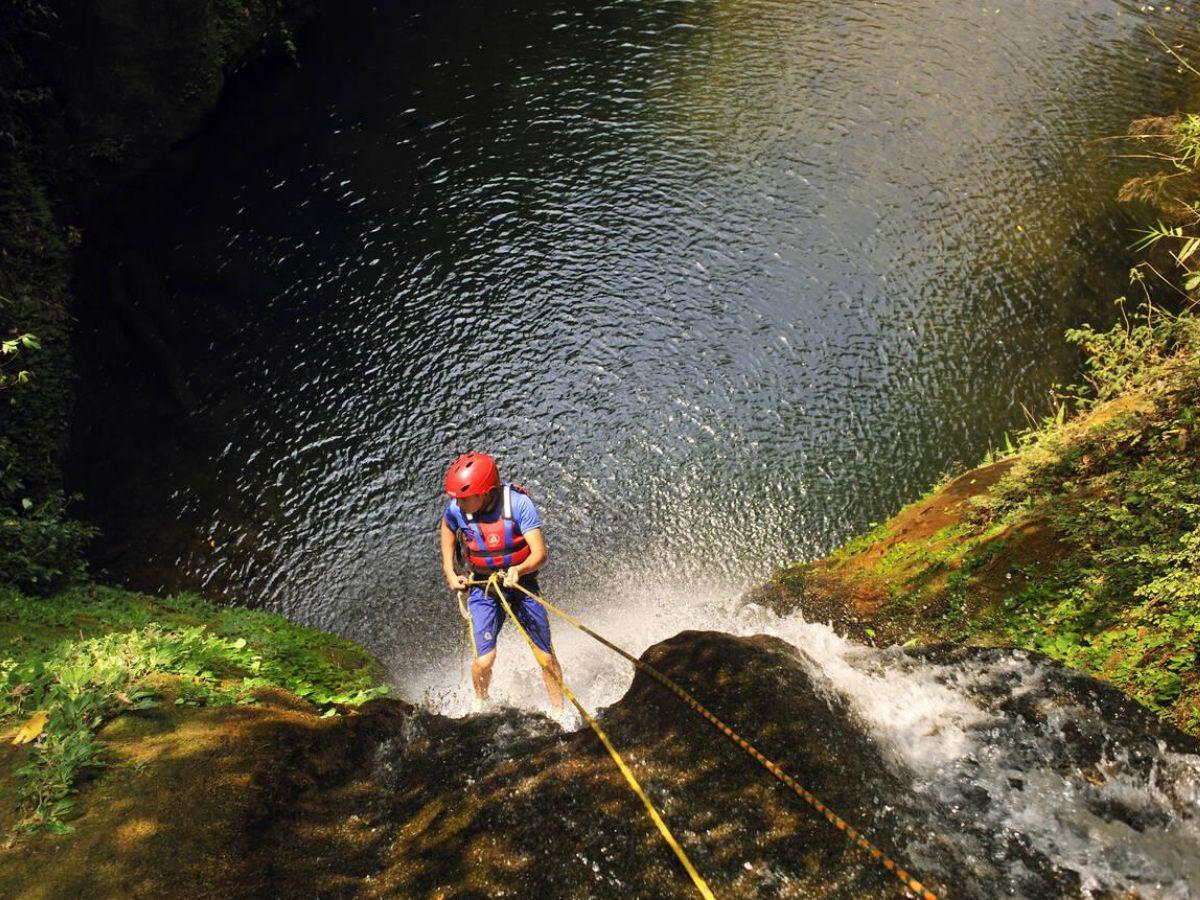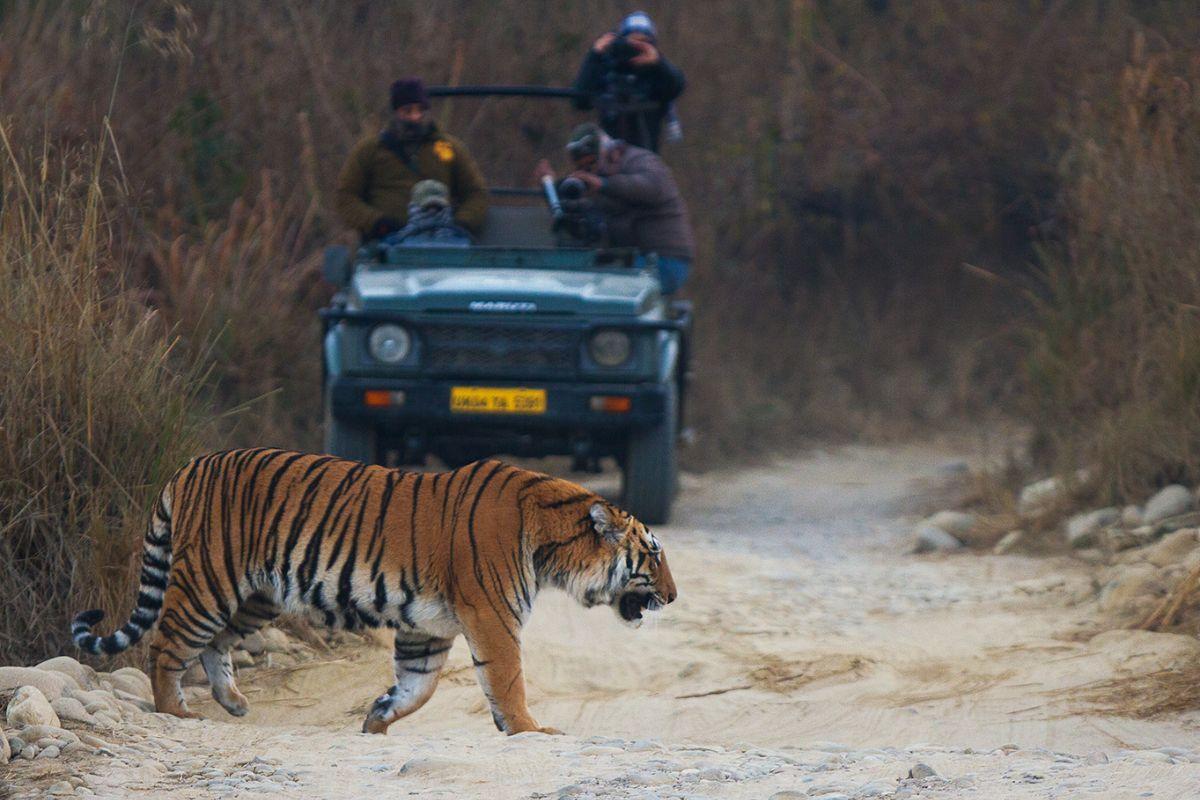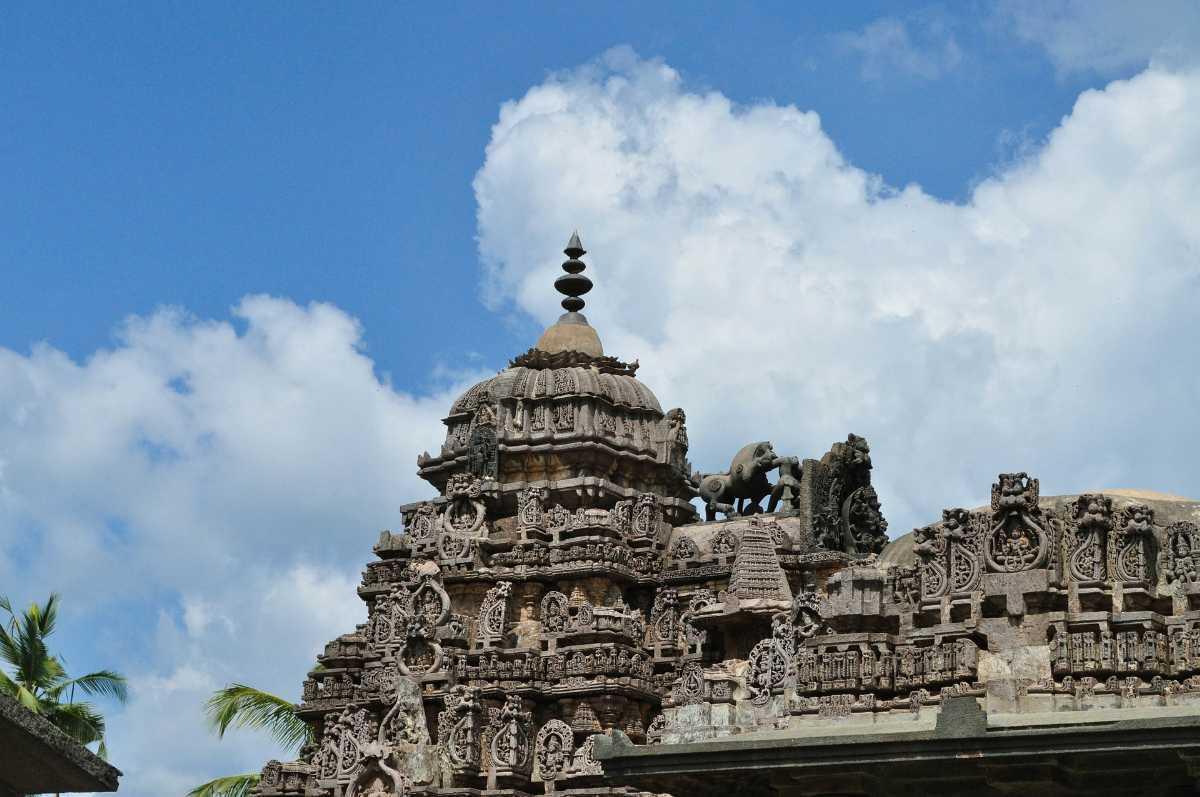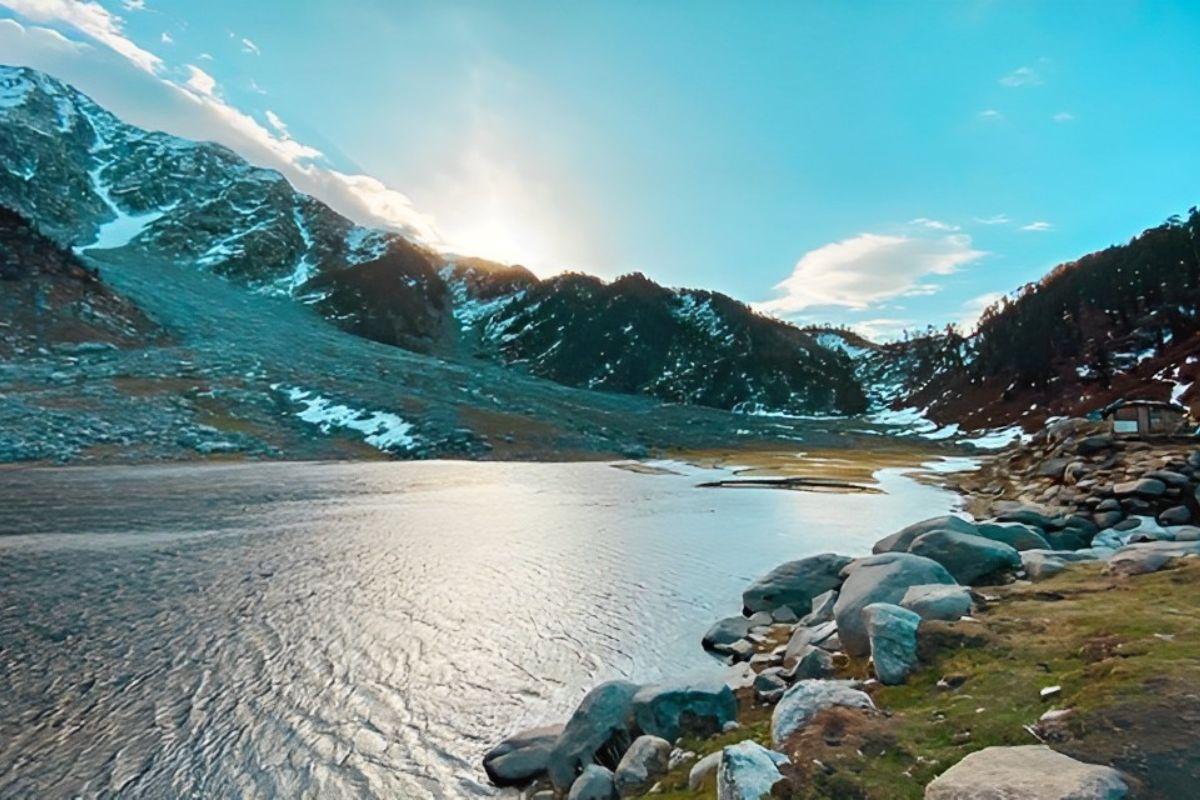The story of Jim Corbett's unique name
Curious about the name Jim Corbett? Let's unwind the story of Jim Corbett National Park from a hunting ground to a conversation haven.

By Ruchi Joshi
08 Mar, 2023
Imagine this! You are wearing comfortable khaki shorts and a cute shirt. Your legs are in a crouched position for quite a long time, but the big black boots help you keep your stance steady. You are closely watching your surroundings through a pair of binoculars. The melodious music of birds, the wind passing by, and the ruffling of fallen leaves are the only sounds you can hear. After a long wait, you have finally spotted the big cat. Prowling around its prey, the big cat goes ahead for its meal. You take out your modern contraption from your bag. SHOT! Finally, your wait has paid off with the perfect picture of the Tiger devouring its prey. Quite dreamlike, right? This can be a real-life experience at Jim Corbett. A visit to Jim Corbett National Park for wildlife photography is one of the best things to do in Uttarakhand.
About Jim Corbett National Park
Do you know the story of Jim Corbett National Park? Wondering about the history of Jim Corbett National park? This national park was established in 1936 to conserve the diverse and rich wildlife in India, especially our national animal, the tiger. It spreads over a 520 sq km area and houses the highest number of tigers in the world, with a population of over 230. Jim Corbett Uttarakhand tourism offers a unique blend of wildlife safaris and natural beauty.
Jim Corbett's serene landscape | Credits: Uttarakhandtourism.com
Animals you can spot
Jim Corbett National Park was primarily established to conserve tigers. However, Apart from tigers, if you are a nature enthusiast you can enjoy bird watching over here. It has more than 600 species of birds, including the White Stork, Black-Crowned Night Heron, Cinnamon Bittern, Cattle Egret, Great White Pelican, etc. You can spot elephants, monkeys, leopards, red foxes, black bears, etc. through a jeep safari that takes you on a tour of the dense forest of the national park, making a visit to Jim Corbett National Park, one of the best things to do in Uttarakhand. Are you thinking of when to visit Jim Corbett National park? November to February are good times to visit. Since the Corbett River, Ramganga River, and Kosi River flow near the national park, you can also enjoy river rafting here.
Jim Corbett tourism Uttarakhand combines adventure, wildlife encounters, and scenic beauty. Whether you're a birdwatcher, a wildlife enthusiast, or just looking for a quiet escape, Jim Corbett National Park has something for everyone. But wait, how did Jim Corbett get its unique name? Are you curious? Continue reading to know more about the story of Jim Corbett.
Tale of the hunter who believed in wildlife conservation
When we talk about the story of Jim Corbett National park, it is incomplete without mentioning Edward James Corbett. Popularly known as Jim Corbett, born on 25th July 1875 with British ancestry at Nainital. He grew up surrounded by Uttarakhand's natural beauty and wildlife, making him fall in love with animals. He learnt about the laws of nature and the peculiarities of its inhabitants. He also got himself equipped with knowledge about birds and animals through his little detours, which taught him compassion for wildlife.
Jim Corbett, the father of Indian wildlife conservation | Credits: rediff.com
History Of Jim Corbett
The history of this national Park is deeply intertwined with the life of the famous naturalist Jim Corbett. He had a precise and accurate sense when it came to hunting. There was a time when the villagers were scared for their lives because of the man-eating tigers that frequented them. This particular tiger had created havoc in the lives of the villagers, so Jim Corbett took on the task of hunting this big cat. He tracked the tiger for days, and one day, he finally found the opportunity. After shooting it, Jim Corbett learned it was a tigress. Further investigation revealed that the teeth of the tigress were broken, so she could not hunt animals and resorted to man-hunting. According to his famous book “Man-eaters of Kumaon”, that tigress had killed over 430 people across the region. This story of Jim Corbett is of great significance to the history of this national park.
Man eater of Kumaon
Known as one of the best hunters in India, Jim Corbett has hunted down a little over a dozen man-eating tigers and leopards. Most of these man-eaters were injured in some or the other way, which is why they hunted humans. He firmly believed in wildlife conservation and tried to achieve his vision. The first national park in India was named Jim Corbett National Park to honour him and his legacy.
A majestic Bengal tiger at Jim Corbett | Credits: banzaaratravels.com
Conclusion
The distinctive name of Jim Corbett National Park is a tribute to the man whose efforts led to establishing this park. Jim Corbett was a passionate wildlife conservationist and dedicated his life to protecting the region's incredible biodiversity. His work and passion have contributed to India's natural heritage and have changed many people's lives. We hope this blog has satisfied your curiosity if you were wondering what’s the history of Jim Corbett National Park? And answered your questions of when to visit Jim Corbett National Park?
If you are visiting Jim Corbett National Park and are looking for a nearby stay option, you can check out The Hosteller Jeolikote, which is at an approximate distance of 1.5 hrs. Other than that, we also have hostels in Uttarakhand that are worth checking out. If you want a spiritual escape, you can try out The Hosteller Rishikesh, Ganges. For a person who is adventurous, you can check in The Hosteller Mussoorie by the streamside, Kempty. Whether you are an ardent wildlife lover, a history lover, or a curious adventurer, you will have an experience that you will never forget at Jim Corbett National Park. So, pack your bags, plan your visit, and book your stay at The Hosteller.

The Hosteller Jeolikote
thehosteller
Destinations
Destinations







